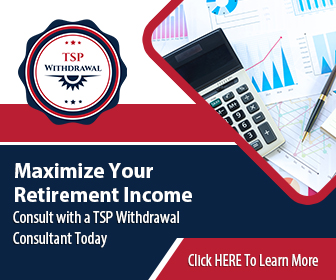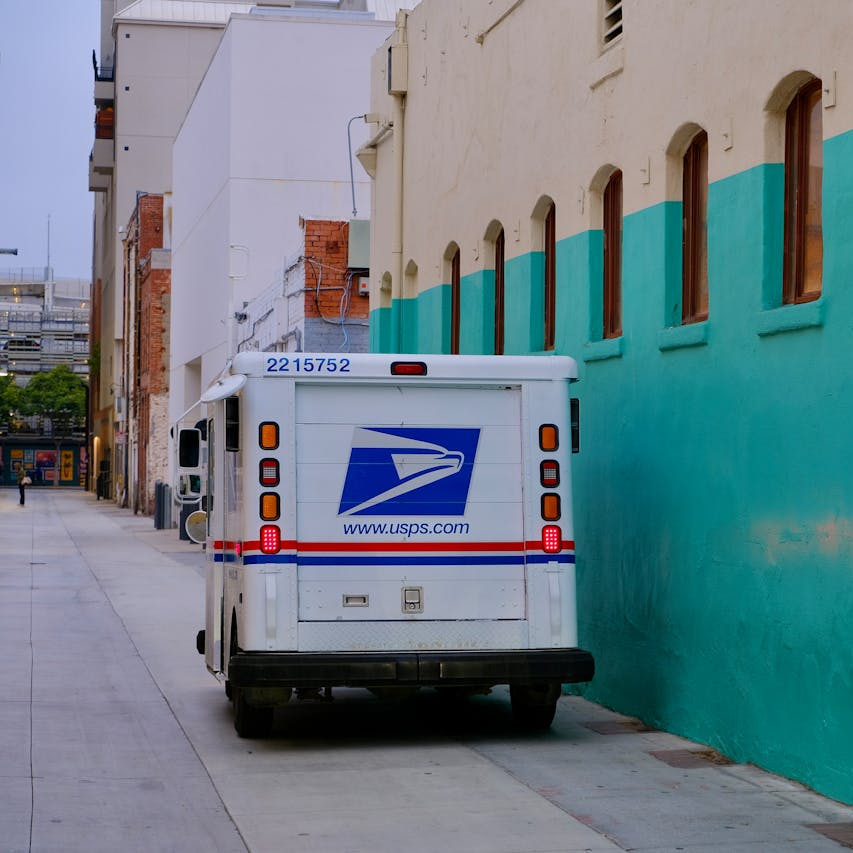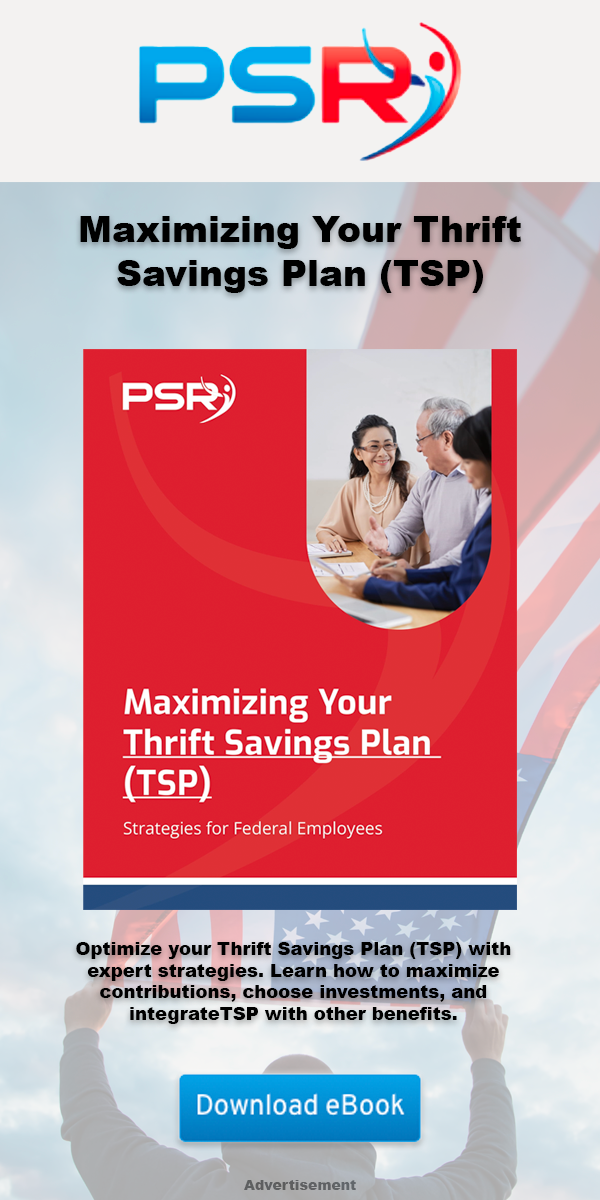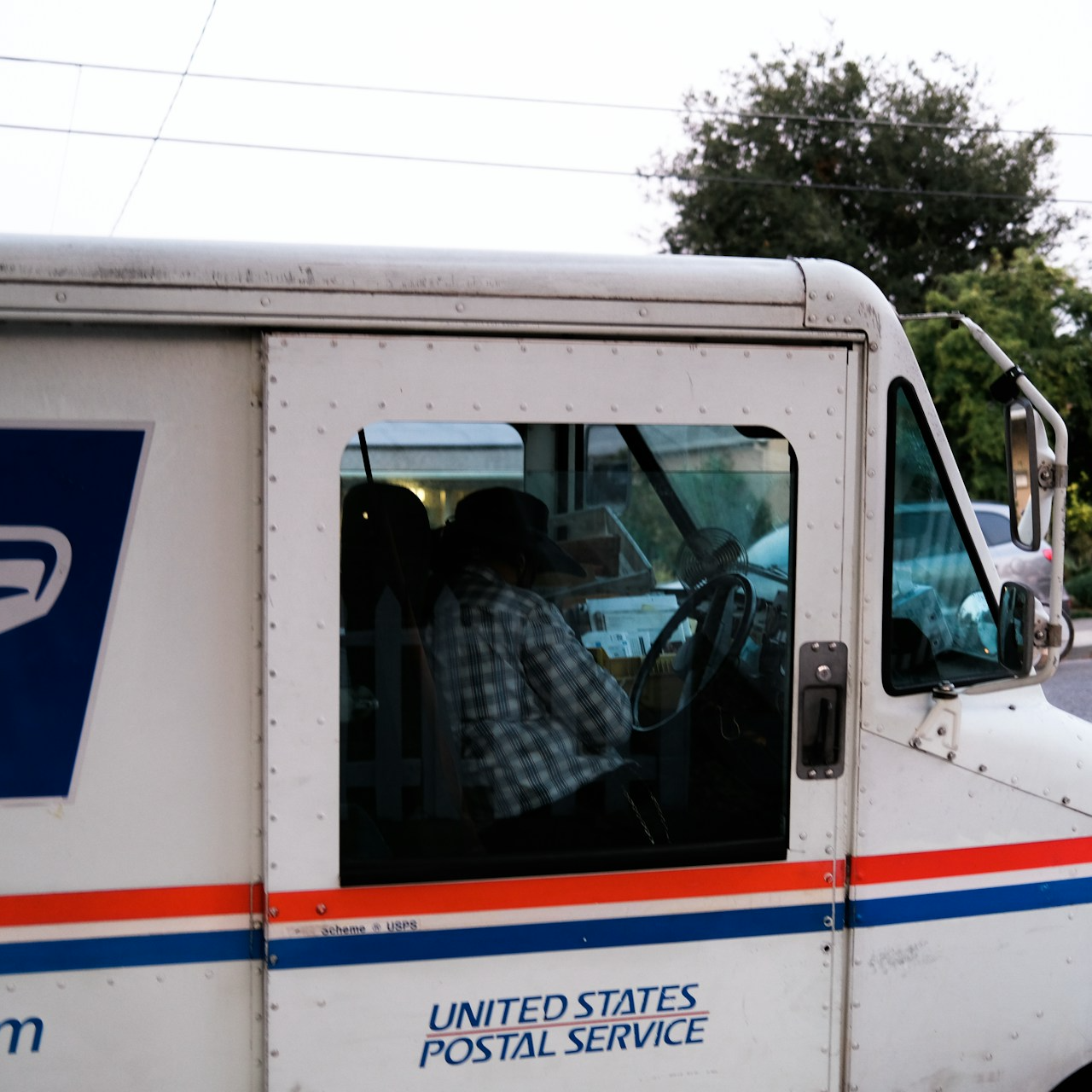Key Takeaways
-
The transition from FEHB to PSHB in 2025 brings significant changes for postal employees and retirees, particularly in Medicare enrollment and coverage options.
-
Understanding the key differences between these programs ensures you make informed decisions about your healthcare benefits and retirement planning.
Understanding the Shift: How PSHB Replaces FEHB in 2025
- Also Read: FAA, Law Enforcement, and Special Federal Employee Categories—Here’s What Makes Their Retirement Unique
- Also Read: Blending Private and Public Sector Retirement Plans Is Complicated—Here’s Where Couples Get It Wrong
- Also Read: The Silent Shift in Postal Service Retirement Benefits That Could Change Everything by 2026
1. Medicare Enrollment Requirements for Retirees
One of the biggest shifts with PSHB is the new Medicare enrollment requirement. Under FEHB, Medicare enrollment was optional for retirees, though many chose to enroll in Part B to lower their overall healthcare costs. However, PSHB changes this approach significantly.
Mandatory Medicare Part B Enrollment for Eligible Retirees
If you are a Medicare-eligible USPS retiree (or a covered family member), you must enroll in Medicare Part B to maintain PSHB coverage. This requirement ensures better integration between Medicare and PSHB, reducing out-of-pocket costs for retirees.
Who Is Affected?
-
If you retire on or after January 1, 2025, and are eligible for Medicare, you must enroll in Part B to remain covered under PSHB.
-
If you retired before January 1, 2025, you are not required to enroll in Part B to keep your PSHB plan.
-
If you are turning 64 or older in 2025, you should start planning for your transition into Medicare Part B.
How This Impacts Your Healthcare Costs
While enrolling in Medicare Part B comes with additional monthly premiums, PSHB plans often reduce or eliminate certain out-of-pocket costs for members who have Medicare. For instance, deductibles and copayments may be lower compared to FEHB plans. If you do not enroll in Medicare Part B when required, you risk losing your PSHB coverage altogether.
2. Separate Program, Different Plans and Coverage Options
The PSHB program operates independently from FEHB, meaning the plans and coverage options you’re familiar with under FEHB may change.
Exclusive PSHB Plans
PSHB offers a separate set of health plans that are specifically designed for USPS employees, retirees, and their families. This means that:
-
You can no longer enroll in traditional FEHB plans as a postal employee.
-
Plan benefits, networks, and costs may differ from those under FEHB.
-
Some benefits may be better aligned with the needs of USPS workers, but it’s crucial to compare your options carefully.
Automatic Enrollment in PSHB Plans
If you’re currently enrolled in an FEHB plan as a USPS employee, you will be automatically transferred to a comparable PSHB plan unless you choose a different option during Open Season. However, this does not apply to retirees, who must actively enroll in a PSHB plan to maintain coverage.
3. Premium Contributions and Cost-Sharing Changes
PSHB introduces changes to premium contributions, cost-sharing, and potential savings for Medicare-eligible enrollees.
Government Contribution Toward Premiums
The federal government will continue covering approximately 70% of the total premium costs, similar to FEHB. However, individual plan costs will vary, and the exact amount you pay will depend on the plan you select.
Potential Savings for Medicare-Enrolled Retirees
PSHB plans are designed to integrate more effectively with Medicare, which could lead to lower overall healthcare expenses for retirees who enroll in both PSHB and Medicare Part B. Many PSHB plans offer benefits like:
-
Lower deductibles and copayments when combined with Medicare.
-
Enhanced prescription drug coverage through Medicare Part D integration.
-
Potential reimbursements for Medicare Part B premiums (varies by plan).
Changes in Cost-Sharing Structures
Under PSHB, cost-sharing (including copays, deductibles, and coinsurance) may differ from what you experienced under FEHB. If you’re approaching retirement or considering plan options, closely reviewing cost-sharing details is essential.
What This Means for You Moving Forward
If you’re a USPS employee or retiree, transitioning from FEHB to PSHB means adjusting to new requirements and plan structures. To prepare:
-
Review Your PSHB Plan Options: Don’t assume your FEHB coverage will be identical under PSHB—plans, networks, and benefits may be different.
-
Plan for Medicare Enrollment: If you’re nearing retirement, ensure you understand the Part B requirement and how it affects your benefits.
-
Evaluate Your Healthcare Costs: While PSHB may provide savings for Medicare-enrolled retirees, you should analyze costs based on your specific needs.
Making the Right Choice for Your Health Coverage
The shift from FEHB to PSHB brings both opportunities and challenges. By staying informed, comparing plan details, and preparing for Medicare requirements, you can ensure you’re making the best decision for your healthcare future. Whether you’re a current USPS employee or a retiree, understanding these key differences will help you navigate your benefits confidently.
If you have questions about your PSHB options or need help choosing the right plan, get in touch with a licensed agent listed on this website. They can guide you through your choices and help you secure the best coverage for your needs.










